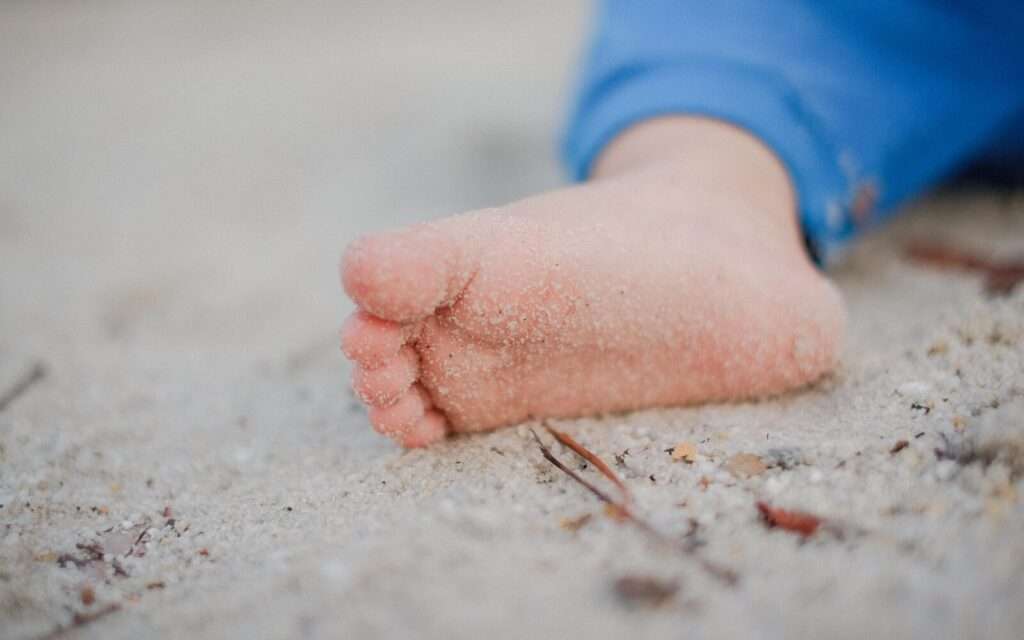Cracked Heels: Understanding the Causes, Symptoms, and Treatments
Cracked heels are a common skin condition that can cause discomfort and even pain. They can also be unsightly, especially when wearing sandals or open-toe shoes. While they may seem like a minor inconvenience, untreated cracked heels can lead to more serious problems such as infections. In this article, we’ll explore the causes of cracked heels, the symptoms to look out for, and the best treatments to get your feet back to looking and feeling their best.

Causes of Cracked Heels
Cracked heels are commonly caused by dry skin. As skin becomes dry, it loses its elasticity and can crack, especially in areas that bear weight like the heels. Some of the common causes of dry skin include:
- Lack of moisture: When the skin is not properly moisturized, it can become dry and prone to cracking.
- Hot showers: Hot showers can strip the skin of its natural oils, causing it to become dry and crack.
- Certain medical conditions: Certain medical conditions, such as diabetes and eczema, can cause dry skin and lead to cracked heels.
- Open-toed shoes: Wearing open-toed shoes can expose the heels to the elements, causing them to become dry and crack.
Symptoms of Cracked Heels
The symptoms of cracked heels include:
- Deep, painful cracks in the skin of the heel
- Dry, rough skin
- Redness and swelling
- Bleeding in severe cases
Effective Treatments for Cracked Heels
There are several effective treatments for cracked heels, including:
- Moisturizing: Keeping the skin moisturized is key to preventing and treating cracked heels. Moisturizing creams and lotions can help keep the skin hydrated and prevent cracking.
- Foot soaks: Soaking the feet in warm water for 10-15 minutes can help soften the skin and make it easier to treat.
- Exfoliating: Exfoliating the skin can help remove dead skin cells and promote healthy skin growth. This can be done using a pumice stone or foot scrub.
- Wearing proper footwear: Wearing closed-toe shoes and socks can help protect the heels from the elements and prevent dry skin.
- Consult a doctor: In some cases, a doctor may prescribe medication or recommend other treatments to address underlying medical conditions that may be contributing to the problem.
If you already have cracked heels, there are a number of treatments available to help relieve the symptoms and heal the skin. Some common treatments include:
- Moisturizing creams and ointments
- Pumice stones or foot file to remove dead skin
- Salicylic acid to soften callouses
- Antifungal medication for fungal infections
- Surgery in severe cases
Prevention of Cracked Heels
In addition to treating existing cracked heels, there are several steps you can take to prevent them from occurring in the first place, including:
- Keeping skin moisturized
- Wearing closed-toe shoes and socks
- Regularly exfoliating the skin
- Practicing good hygiene, including washing and drying feet daily
Frequently Asked Questions:
Q: Is there a cure for cracked heels? A: There is no cure for cracked heels, but there are a number of treatments available to relieve the symptoms and heal the skin.
Q: Can cracked heels be painful? A: Yes, cracked heels can be painful, especially if the cracks are deep.
Q: What is the best treatment for cracked heels? A: The best treatment for cracked heels depends on the severity of the condition. Moisturizing creams and ointments, pumice stones or a foot file, salicylic acid, antifungal medication, and surgery are all common treatments for cracked heels.
Cracked heels are a common foot problem that can cause discomfort and even pain. By understanding the causes and symptoms, and taking effective measures to prevent and treat the problem, you can keep your feet healthy and pain-free. So, take care of your feet and keep them healthy!


